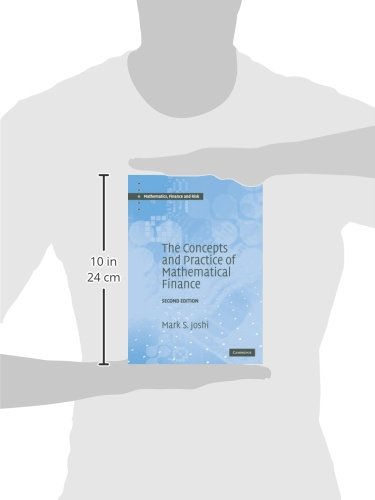Customer Services
Copyright © 2025 Desertcart Holdings Limited
Desert Online General Trading LLC
Dubai, United Arab Emirates




The Concepts and Practice of Mathematical Finance (Mathematics, Finance and Risk, Series Number 8)
Trustpilot
3 weeks ago
1 week ago